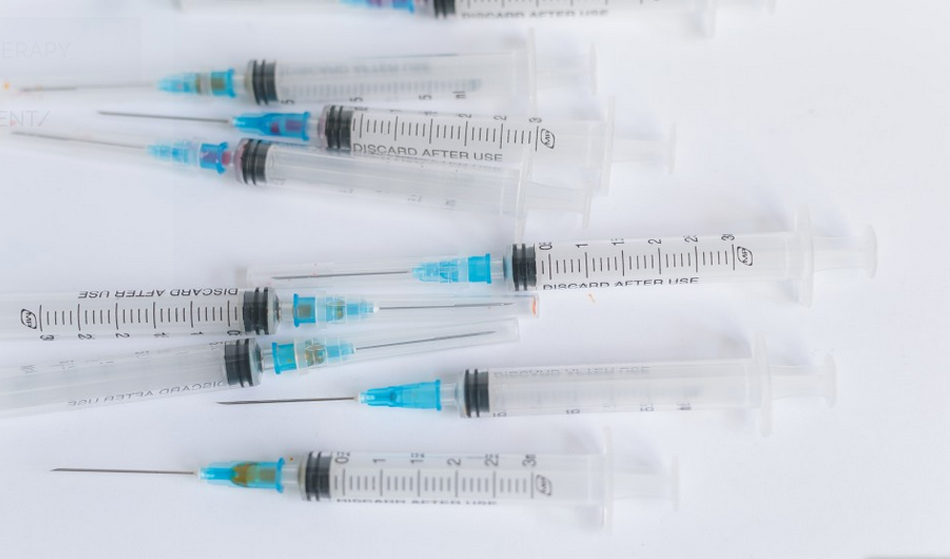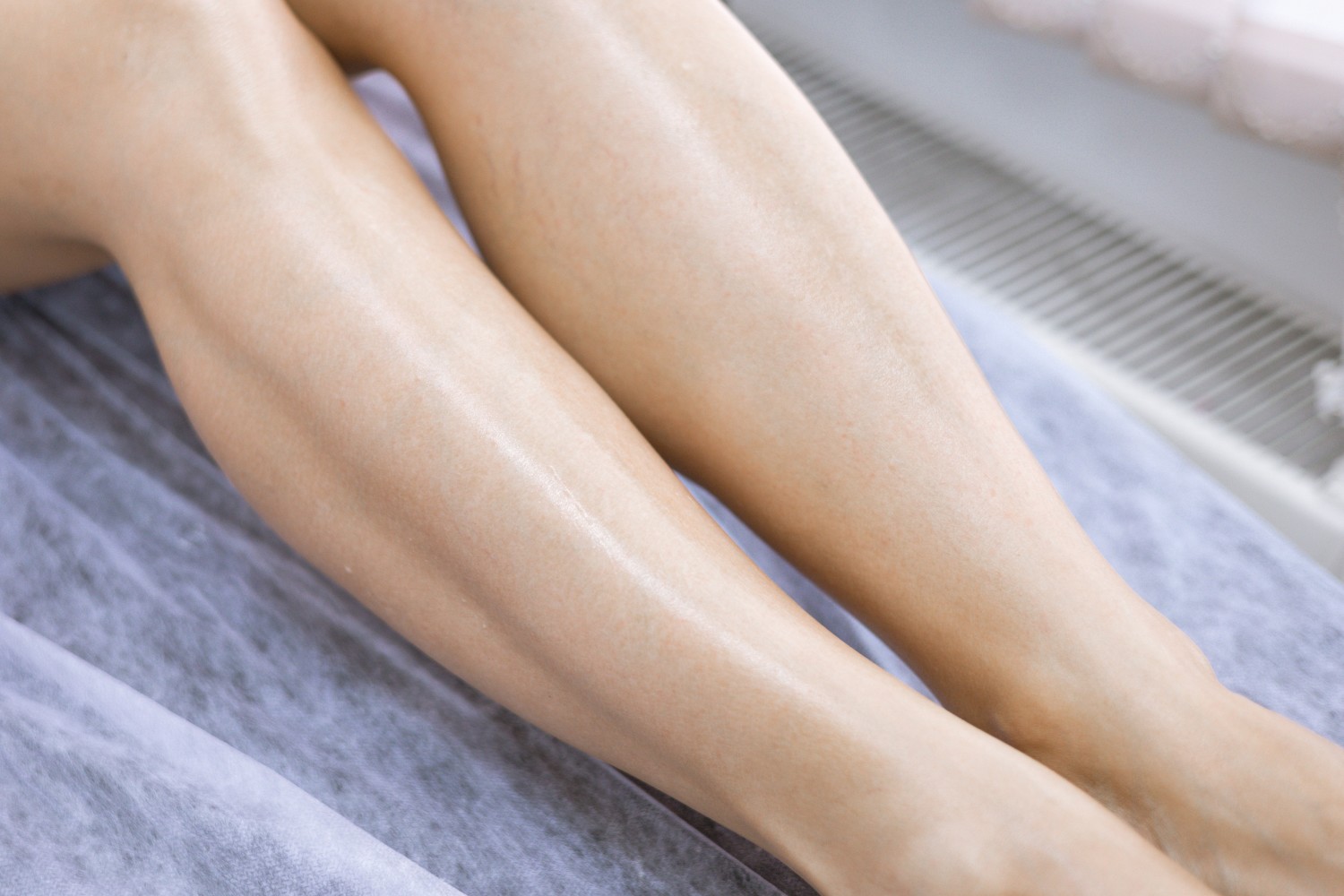Sclerotherapy and Foam Sclerotherapy Vein Treatments
Most vein treatments involve making one or more incisions on the patient’s skin to treat or remove defective veins. Sclerotherapy and foam sclerotherapy are different from other vein treatment techniques as no cuts are made on the skin. Instead, a series of injections are administered directly to the veins.
It’s, however, worth noting that the two have a slight difference: in sclerotherapy, a liquid is injected onto the veins, while in foam sclerotherapy, a foam solution is used. This will cause the veins to collapse and get absorbed into the body, leaving clearer skin. As a result, the methods effectively treat minor uncomplicated vein conditions like spider veins not exceeding 1mm in diameter or small varicose veins with less than 3mm in diameter without causing any form of bruising or scarring. In addition, ultrasound probes or machines are used to guarantee that only the troublesome veins are targeted during the procedure.
WHAT IS SCLEROTHERAPY?
In traditional sclerotherapy, the veins are injected with a liquid sclerosant, usually sodium tetradecyl sulphate (STD), using a very fine needle. This solution essentially destroys the vein walls, causing them to become shut when blood clots within them. The sealed-off veins will dissolve into the body, and new healthy veins will grow over time.
In the meantime, blood flow is redirected to other veins when the affected veins cease to be functional. The potency of the solution will be determined by the size and severity of the veins being treated. Both varicose veins and spider veins can be treated with traditional sclerotherapy.
How Foam Sclerotherapy Works?
Foam sclerotherapy also uses the sclerosant but, instead of directly using the liquid, it’s mixed with air and repeatedly agitated to form a foam. The foam solution effectively treats larger, more stubborn veins whose treatment by conventional vein treatment procedures may pose a greater risk. After the injections with the foam solution, there will be spasms in the vein, leading to permanent closure.
Additionally, the mixture covers a greater surface area than the pure liquid in traditional sclerotherapy.
Sclerosant Treatment at Our Clinic
When you visit our clinic, cosmetic and surgical experts will advise you about whether you are a candidate for traditional or foam sclerotherapy. Being board-certified with decades of experience, our vascular surgeon and his team have worked with several patients to grant them the promised results.
In case you were wondering why you should go for the sclerotherapy (or foam sclerotherapy) over other forms of varicose veins treatment procedures, here’s why:
- There is little to no use of anaesthesia during the process, making recovery much faster.
- The common side effects that result from conventional vein treatments are not experienced with sclerotherapy.
- Some veins are just too small to be treated with any minimally invasive procedure. This makes sclerotherapy the best possible choice to treat such cases.
- Knotted veins that are hard to reach can be treated via foam sclerotherapy.
- You can be discharged as soon as the 30-minute procedure is completed. With no downtime, everyday activities can continue as usual.
Recovery After Sclerotherapy and Foam Sclerotherapy
During recovery, compression garments or stockings may be issued to ease the healing process. Mild exercises and light walking can also resume. Some darkened spots in the treated areas may be visible after the procedure, but after some weeks to months, they may disappear altogether.




